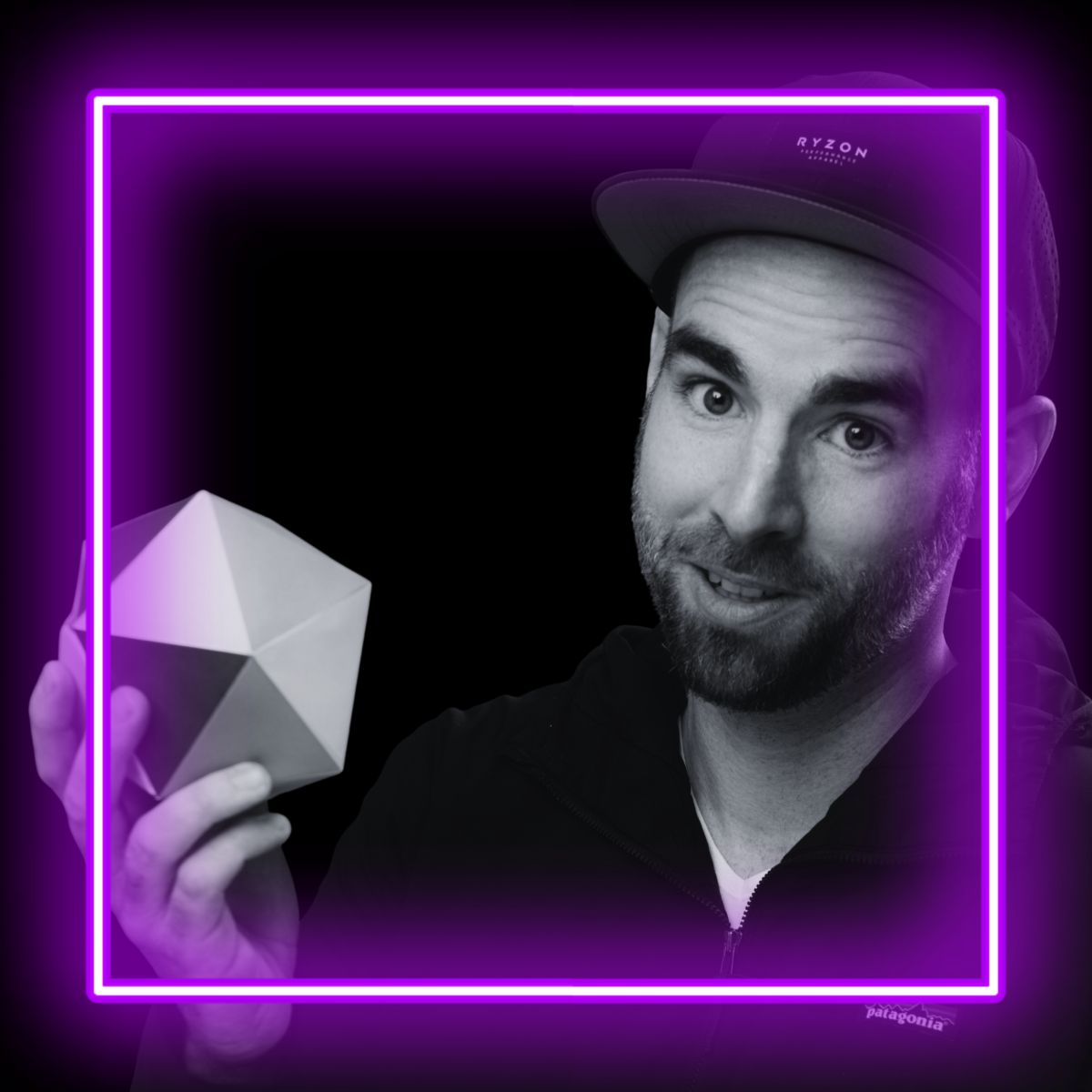Philipp Beck - Team Lead for Formulation Development at Ascend Advanced
Philipp Beck - Formulation Development Team Lead at Ascend Advanced
Biography
Somebody called me a Nanoparticle Nerd, which I found and interesting label. It fits.
PhD in Chemistry with experience in drug discovery & development mRNA & AAV based therapies. My professional virtue is to bridge the gap between in vitro evaluation of concepts and their transfer to successful application in vivo.
Personally, the strive for advancing a program and turn it into drug with high value for patients highly motivates me.
Personally, the strive for advancing a program and turn it into drug with high value for patients highly motivates me.
Interview
NanoSphere: Tell us a bit about yourself—your background, journey, and what led you to where you are today.
Philipp: I started my scientific journey in molecular sciences, with a strong focus on organic and medicinal chemistry. My early work revolved around designing and synthesizing small molecules, so true medicinal chemistry from the ground up. During my PhD, I got my first real taste of large molecules by soaking self-designed proteasome inhibitors into protein crystals. Visualizing these small molecules locked into a large proteasome structure sparked something that stayed with me: the fascination of molecular interaction at scale. Later, I explored targeted delivery of these toxic proteasome inhibitors using octreotide conjugation, with the long-term goal of developing an ADC-like molecule. This work ended when I joined Ethris in 2015 to develop targeted mRNA/LNP therapeutics, long before the pandemic spotlighted this modality. At Ethris, we attempted to apply GalNAc-targeting principles to LNPs. But instead of aiming for "better-than-nothing" improvements, we went all in—trying to achieve complete ASGPR-dependent targeting. Unsurprisingly, we didn't reach that ambitious goal, but I’m glad to see companies like Verve Therapeutics succeeding with more pragmatic targeting approaches today, achieving clinical benefit through reduced dosing and lower liver enzyme elevations. In 2020, I shifted modalities again: to AAV. I now focus on formulation screening and development, continuing my journey with “the next big molecule.” From crystals to capsids, the underlying drive remains the same: finding smarter ways to deliver transformative therapies.
NanoSphere: You often share content with both technical depth and a touch of humor—what’s one overhyped trend in nanoparticle delivery today that you think we should all be more critical of?
Philipp: Targeted LNPs are definitely having a moment, and for good reason. Verve Therapeutics has achieved impressive clinical translation, and investment into players like Capstan Therapeutics (with their pre-clinical in vivo CAR-T platform) is promising. But I do think the field sometimes oversells the ease of rational targeting. We’re still heavily reliant on preclinical models that don’t accurately predict human biodistribution. I often find myself reminding people: organoids don’t have circulation. Mice are not mini-humans. And even non-human primates could be an imperfect proxy. It’s time we look closely at the work of researchers like James Dahlman (who’s raised and addressed valid ethical concerns about screening LNP libraries in NHPs) and Jude Samulski, whose biodistribution data from studies in decedents (confirmed brain-dead donors) provides rare and valuable human insight. So: targeted LNPs are not snake oil. But they're not plug-and-play either. Nuance matters.
NanoSphere: You've spotlighted both AAVs and LNPs—how do you compare their scalability and manufacturability challenges, especially when it comes to personalized or localized treatments? You’ve highlighted the power of localized AAV delivery in glioblastoma—what do you see as the next frontier in overcoming delivery barriers for CNS-targeted gene therapies, and how far are we from seeing this translated clinically?
Philipp: Manufacturing challenges exist on both sides, but they’re different flavors. LNPs scale well in theory, but require strict lipid sourcing, precise mixing, and cold chain logistics. AAVs can be scaled with platform processes, but quality is the huge pain point here, since loading the particles is handed off to the cell line. Thus, packaged impurities are of a main concern, and also getting a high full/empty ratio straight out of the bioreactor is a challenge that most CDMOs can’t overcome. When it comes to CNS delivery, AAV is where I see the most exciting developments. Localized administration is becoming more refined—tools like Clearpoint Neuro’s SmartFlow cannula enable precise, intraparenchymal dosing, opening up high-payload, low-toxicity interventions in hard-to-reach tissues. Systemically, we’re seeing major leaps too. Voyager Therapeutics is building a strong platform for capsids with CNS tropism. Sangamo, with its STAC-BBB platform, has shown data suggesting a 100-fold liver de-targeting compared to AAV9, and 700-fold enhanced delivery to the CNS. They recently licensed this out, while seeking partners for their next-gen capsid, which supposedly is even better for CNS tropism. These efforts are pushing us closer to systemic CNS gene therapy that actually delivers where it matters. What really excites me, though, is post-production targeting of AAV. Roche’s BrainShuttle system and the capsid-antibody hybrid platform from JCR/Alexion (involving miniaturized receptor-binding antibodies on the capsid surface) could unlock a new era of ligand-modified vectors, all custom-tuned for safety and precision. These aren't just theoretical concepts anymore; deals are being signed, and pipelines are forming.
Philipp: Manufacturing challenges exist on both sides, but they’re different flavors. LNPs scale well in theory, but require strict lipid sourcing, precise mixing, and cold chain logistics. AAVs can be scaled with platform processes, but quality is the huge pain point here, since loading the particles is handed off to the cell line. Thus, packaged impurities are of a main concern, and also getting a high full/empty ratio straight out of the bioreactor is a challenge that most CDMOs can’t overcome. When it comes to CNS delivery, AAV is where I see the most exciting developments. Localized administration is becoming more refined—tools like Clearpoint Neuro’s SmartFlow cannula enable precise, intraparenchymal dosing, opening up high-payload, low-toxicity interventions in hard-to-reach tissues. Systemically, we’re seeing major leaps too. Voyager Therapeutics is building a strong platform for capsids with CNS tropism. Sangamo, with its STAC-BBB platform, has shown data suggesting a 100-fold liver de-targeting compared to AAV9, and 700-fold enhanced delivery to the CNS. They recently licensed this out, while seeking partners for their next-gen capsid, which supposedly is even better for CNS tropism. These efforts are pushing us closer to systemic CNS gene therapy that actually delivers where it matters. What really excites me, though, is post-production targeting of AAV. Roche’s BrainShuttle system and the capsid-antibody hybrid platform from JCR/Alexion (involving miniaturized receptor-binding antibodies on the capsid surface) could unlock a new era of ligand-modified vectors, all custom-tuned for safety and precision. These aren't just theoretical concepts anymore; deals are being signed, and pipelines are forming.
NanoSphere: If there’s one key message or insight you’d like to share with readers about the future of nanomedicine, what would it be?
Philipp: Modality-agnostic thinking will win.
Philipp: Modality-agnostic thinking will win.
Too often, companies anchor themselves to “their” delivery platform—even when another modality might serve the patient population better. If you’ve solved delivery to hepatocytes via AAV, it doesn’t mean the next indication should also be tackled with AAV. Maybe it calls for a quarterly antibody. Maybe an LNP with a different profile. Our job as scientists in this industry isn’t to push our platform. It’s to build the best bridge between biology and therapeutic need.
Philipp`s references
1) Sangamos STAC-BBB presentation (I have no affiliation here, just really liked the work: https://www.sangamo.com/wp-content/uploads/2024/05/ASGCT-Oral-Presentation-May-8_SGMO_Tiffany_-STAC-BBB-FINAL.pdf ·
2) Poster on formulation development at Ascend Advanced: https://ascend-adv.com/wp-content/uploads/2025/04/0157_beck.pdf ·

